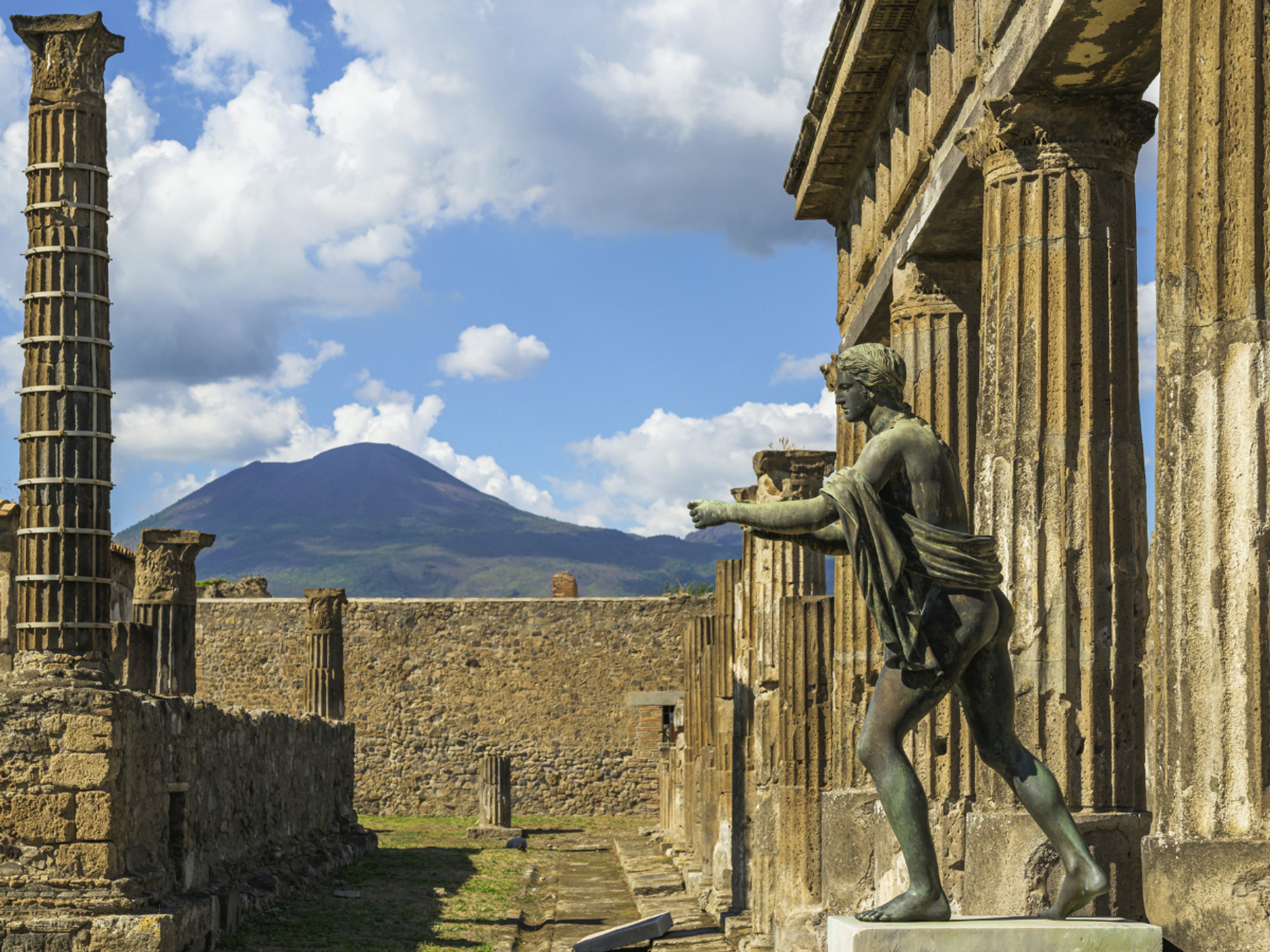Stonehenge origins revealed as new study sheds light on why megalithic structure was built

The monument served as 'a monument of unification for the peoples of Britain', researchers say
Don't Miss
Most Read
Scientists appear to have finally cracked one of archaeology's greatest mysteries: Why Stonehenge was built 5,000 years ago.
The iconic stone circle in Wiltshire was constructed as a "symbol of unification" between three distinct corners of Britain, according to new research from University College London and Aberystwyth University.
The groundbreaking study reveals how ancient Britons from Scotland, Wales and southern England came together to create what would become one of the world's most famous monuments.
The famous sarsen stones were sourced locally from West Woods in Wiltshire, about 15 miles north of the site.
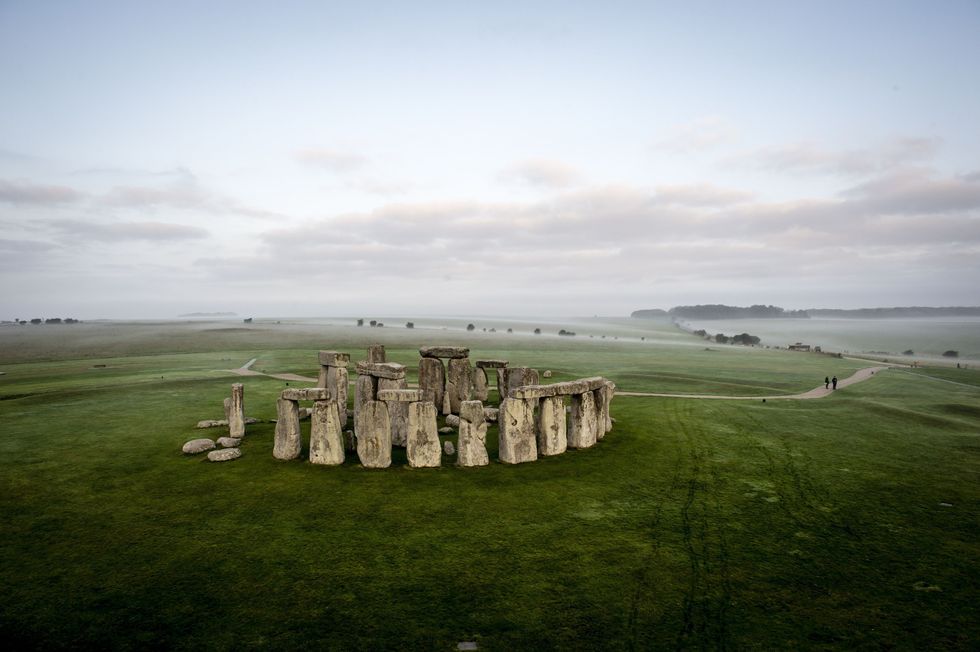
The monument served as 'a monument of unification for the peoples of Britain', researchers say
|PA
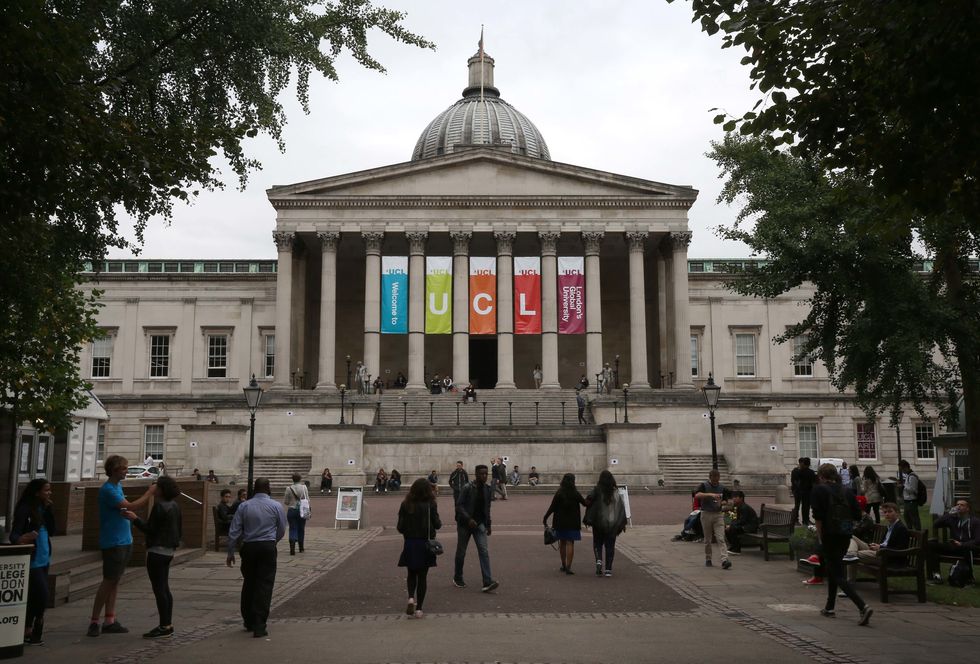
Researchers from London's UCL (pictured) and Aberystwyth in Wales have made a breakthrough
| PAAround 80 "bluestones", which have a distinctive bluish tinge, came from the Preseli Hills of southwest Wales.
Most significantly, the six-tonne Altar Stone - a grey-green sandstone slab measuring five metres in length - was transported from the Orcadian Basin in northeast Scotland, up to 1,000km away.
Professor Mike Parker Pearson, lead author at UCL's Institute of Archaeology, said: "The fact that all of its stones originated from distant regions, making it unique among over 900 stone circles in Britain, suggests that the stone circle may have had a political as well as a religious purpose."
The monument served as "a monument of unification for the peoples of Britain, celebrating their eternal links with their ancestors and the cosmos", he added.
MORE ARCHAEOLOGY NEWS:
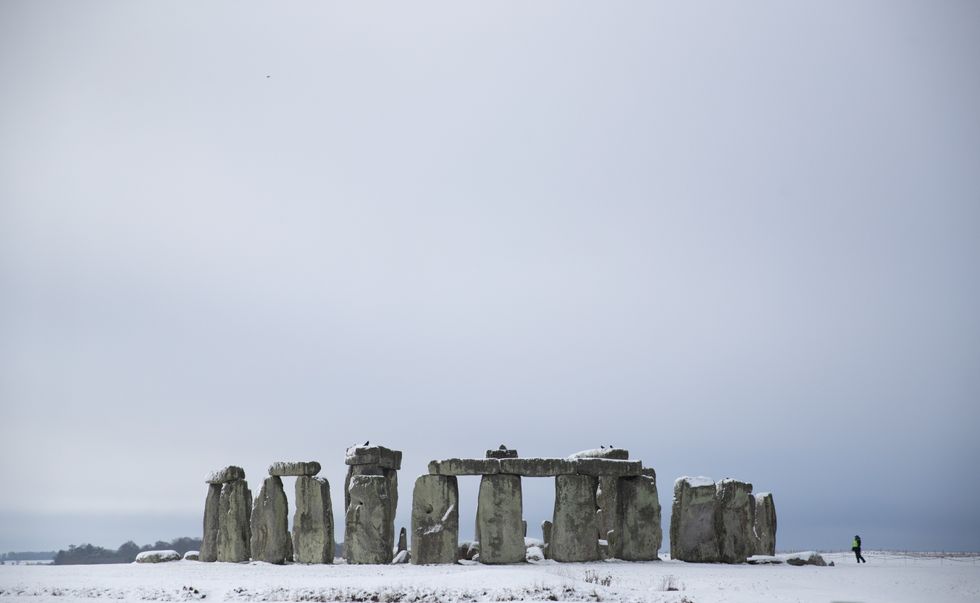
The stone circle may have had a political as well as a religious purpose
|PA
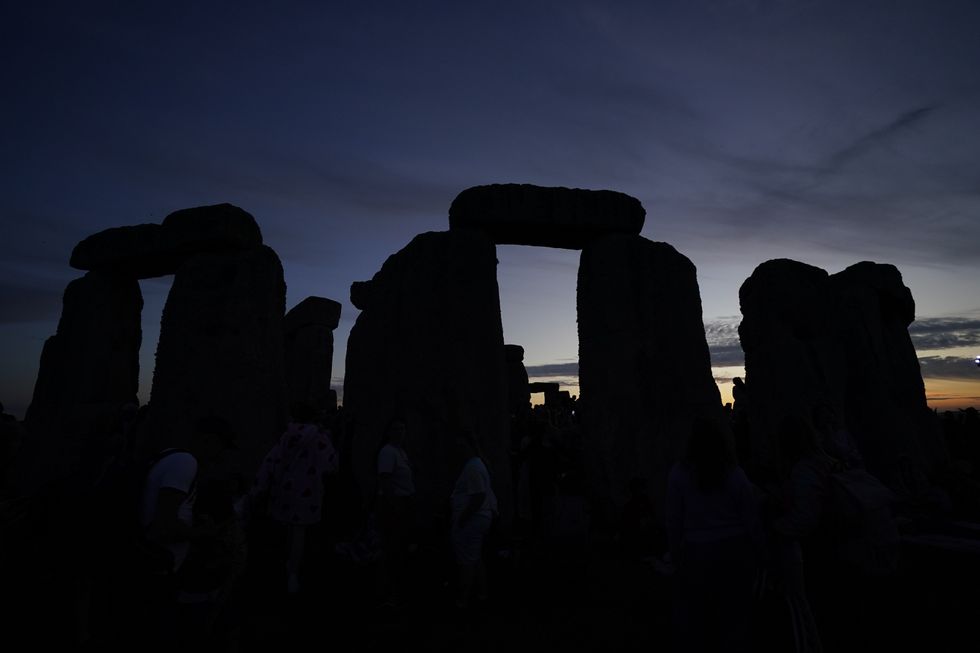
Disparate ancient Britons who assembled Stonehenge were far more interconnected than previously believed
|PA
Researchers suggest the stones were brought as deliberate contributions from different regions to forge early alliances.
"[This was] perhaps to cement an alliance or to take part in the extraordinary long-distance collaboration that building Stonehenge represented and embodied," the research team explained.
The monument's construction reveals that disparate ancient Britons were far more interconnected than previously believed.
Heather Sebire, English Heritage's senior properties curator, said: "These people were just like us... Although they had different technologies, they probably had people who wanted to leave their community and communicate with other people."
She noted that while trading of small items across such distances was known, moving massive stones presented unique challenges.
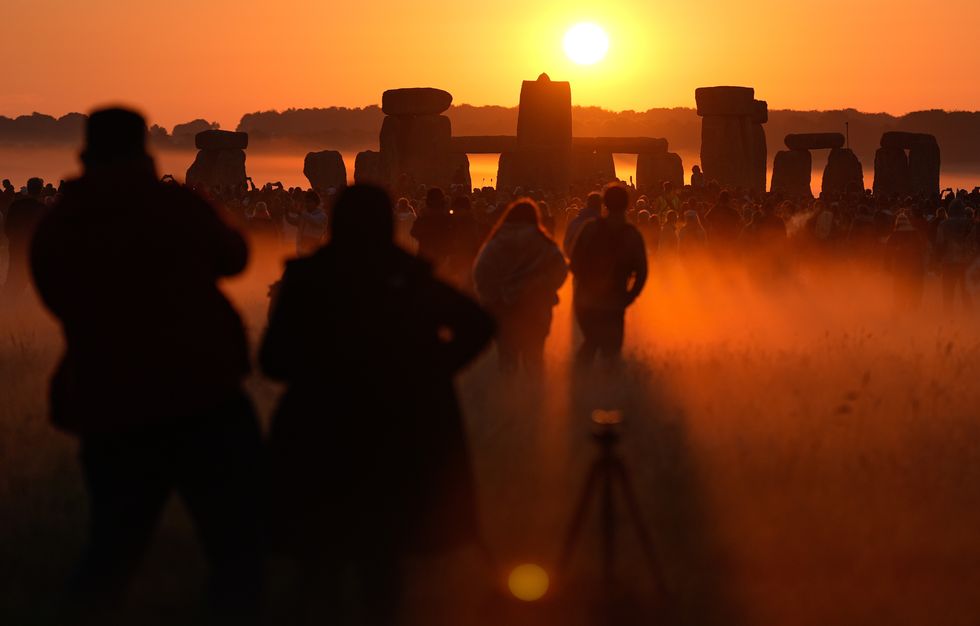
For thousands of years, people have gathered at both midsummer and midwinter solstices to conduct rituals and ceremonies relating to the changing seasons
|PA
"There is the whole issue over how they could have moved it all this way," she added.
The new findings come just ahead of the Winter Solstice when thousands traditionally gather at Stonehenge.
On December 21, the setting sun aligns perfectly with the monument, dipping below the horizon over the middle of the Altar Stone and between the two largest upright stones.
For thousands of years, people have gathered at both midsummer and midwinter solstices to conduct rituals and ceremonies relating to the changing seasons - a tradition set to continue tomorrow.







